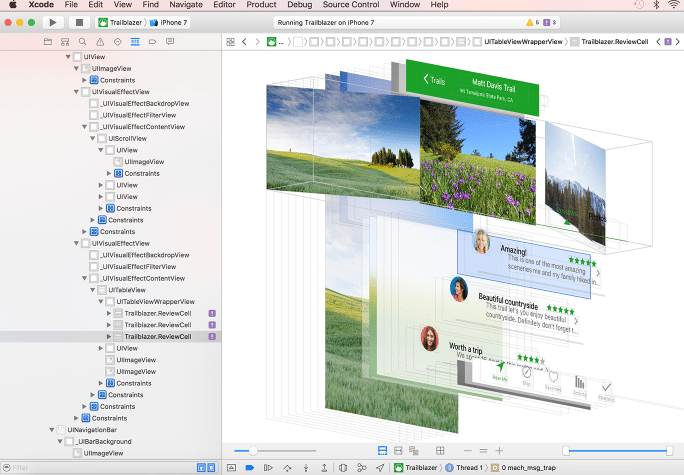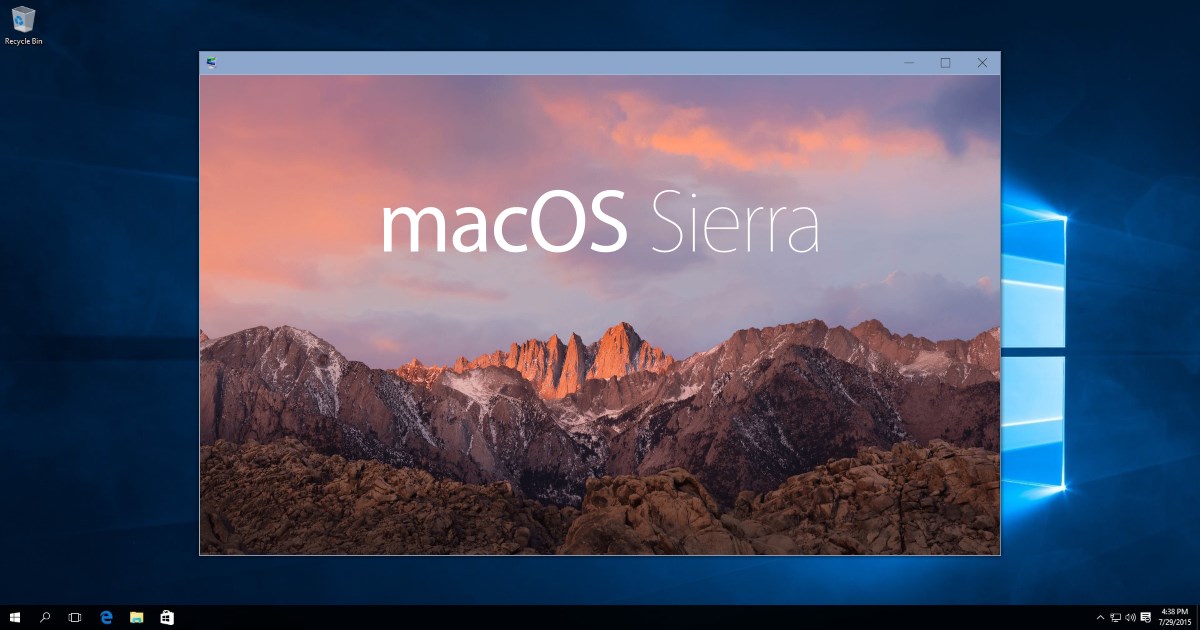

- #OS X VIRTUAL MACHINE IMAGE MAC OS X#
- #OS X VIRTUAL MACHINE IMAGE INSTALL#
- #OS X VIRTUAL MACHINE IMAGE FULL#
Vboxmanage createhd -filename $VM_NAME. Vboxmanage createvm -name $VM_NAME -ostype Ubuntu_64 -register So here is the image you can download for free.
#OS X VIRTUAL MACHINE IMAGE MAC OS X#
SHARED_PATH =~ # Share home directory with the VM If you use VMware Fusion or ESXi on a computer with an Apple label, you can create Mac OS X Server (10. VM_HD_PATH = "UbuntuServer.vdi" # The path to VM hard disk (to be created).

# Change these variables as needed VM_NAME = "UbuntuServer" UBUNTU_ISO_PATH =~/Downloads/ubuntu-14.04.1-server-amd64.iso
#OS X VIRTUAL MACHINE IMAGE FULL#
We alsoĪttach a network card and set up port forwarding. So, lets say you have a 1 GB container image if you wanted to use a full VM, you would need to have 1 GB x number of VMs you want. The commands below will create a virtual machine called "UbuntuServer",Īttach a 32 GB virtual hard drive, attach a DVDĭrive loaded with the Ubuntu Server disk image, and allocate 1 GB of RAM. I've adapted these commands in part from this blog post. You can configure your virtual machine (VM) using the VirtualBox graphical program, but it's quicker to set it up from the command line. If this file was moved, please provide its new location. Download Ubuntuĭownload the Ubuntu Server 14.04.01 LTS iso image. File not found: Mac OS X Leopard.vmdk This file is required to power on this virtual machine. Instructions below were testing with VirtualBox 4.3.18 on OS X 10.9.5. 10.10.x (Yosemite) or later running on Intel hardware (PowerPC hardware is not supported nor is building an X11 variant).
#OS X VIRTUAL MACHINE IMAGE INSTALL#
Install VirtualBoxĭownload and install VirtualBox here. Mac OS X build instructions Prerequisites on Mac OS X. This entire tutorial should take approximately 20 minutes (not including download times). I simply run the VM in the background, and ssh into it from the Mac terminal. I installed Ubuntu Server instead of Ubuntu Desktop because I wanted to run a lightweight Linux environment, which should save laptop resources. I intend to run my application in a Linux environment, so instead of learning the intricacies of porting my code and makefile to Mac OS X, I decided to install a local Ubuntu Server virtual machine (VM) on my MacBook. For example, right now I'm trying to develop a Boost Python module, and I am having trouble compiling it on OS X. While the OS X experience is wonderful, application development can be frustrating. Below is the list of Mac OS versions released in recent years: Mac OS Version: Name: Release Date: 10.10: Yosemite: June 2014: 10.11: El Capitan: September 30, 2015: 10.12: Sierra: June 12, 2016: 10. It's my personal laptop, so I use it for everything - browsing, e-mail, and programming. Fortunately, you can experience the Mac OS right on your computer by installing a Mac OS virtual machine on VirtualBox. My laptop is a late 2011 MacBook Pro running OS X 10.9 Mavericks. Ubuntu Server Virtual Machine with SSH using VirtualBox on Mac OS X


 0 kommentar(er)
0 kommentar(er)
